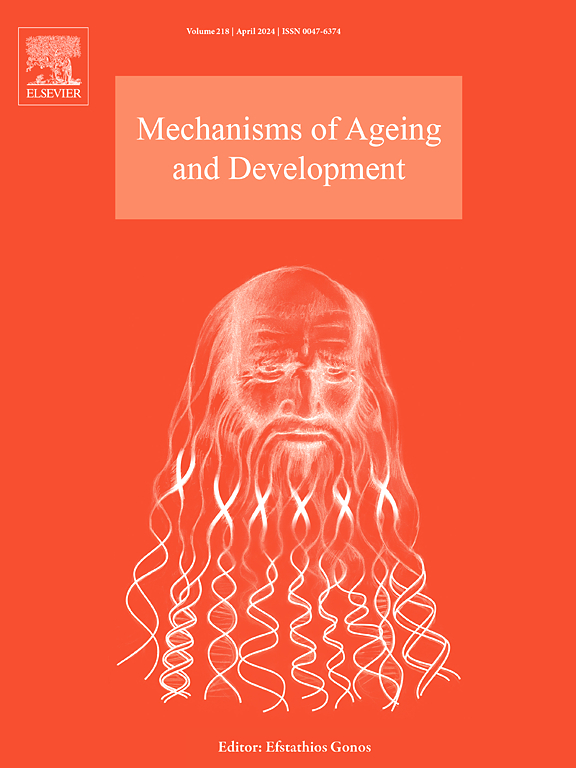Senescence of skeletal stem cells and their contribution to age-related bone loss
IF 5.1
3区 医学
Q2 CELL BIOLOGY
引用次数: 0
Abstract
Human aging is linked to bone loss, resulting in bone fragility and an increased risk of fractures. This is primarily due to an age-related decline in the function of bone-forming osteoblastic cells and accelerated cellular senescence within the bone microenvironment. Here, we provide a detailed discussion of the hypothesis that age-related defective bone formation is caused by senescence of skeletal stem cells, as they are the main source of bone forming osteoblastic cells and influence the composition of bone microenvironment. Furthermore, this review discusses potential strategies to target cellular senescence as an emerging approach to treat age-related bone loss.
骨骼干细胞的衰老及其对年龄相关性骨质流失的贡献。
人体衰老与骨质流失有关,导致骨质脆弱和骨折风险增加。这主要是由于与年龄相关的骨形成成骨细胞功能下降和骨微环境中细胞衰老加速所致。在此,我们详细讨论了与年龄相关的骨形成缺陷是由骨骼干细胞衰老引起的这一假设,因为骨骼干细胞是骨形成成骨细胞的主要来源,并影响骨微环境的组成。此外,本综述还讨论了针对细胞衰老的潜在策略,这是治疗老年性骨质流失的一种新兴方法。
本文章由计算机程序翻译,如有差异,请以英文原文为准。
求助全文
约1分钟内获得全文
求助全文
来源期刊
CiteScore
11.10
自引率
1.90%
发文量
79
审稿时长
32 days
期刊介绍:
Mechanisms of Ageing and Development is a multidisciplinary journal aimed at revealing the molecular, biochemical and biological mechanisms that underlie the processes of aging and development in various species as well as of age-associated diseases. Emphasis is placed on investigations that delineate the contribution of macromolecular damage and cytotoxicity, genetic programs, epigenetics and genetic instability, mitochondrial function, alterations of metabolism and innovative anti-aging approaches. For all of the mentioned studies it is necessary to address the underlying mechanisms.
Mechanisms of Ageing and Development publishes original research, review and mini-review articles. The journal also publishes Special Issues that focus on emerging research areas. Special issues may include all types of articles following peered review. Proposals should be sent directly to the Editor-in-Chief.

 求助内容:
求助内容: 应助结果提醒方式:
应助结果提醒方式:


